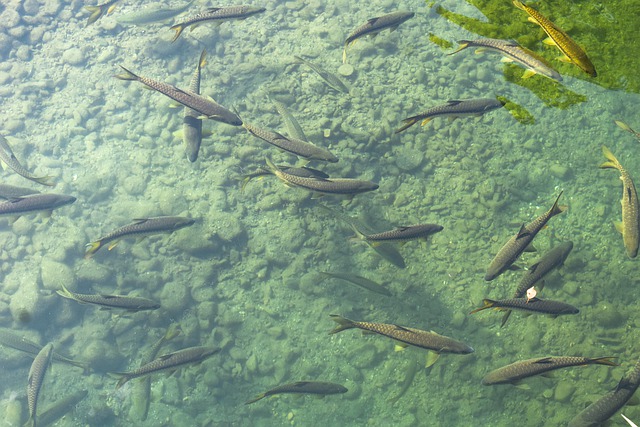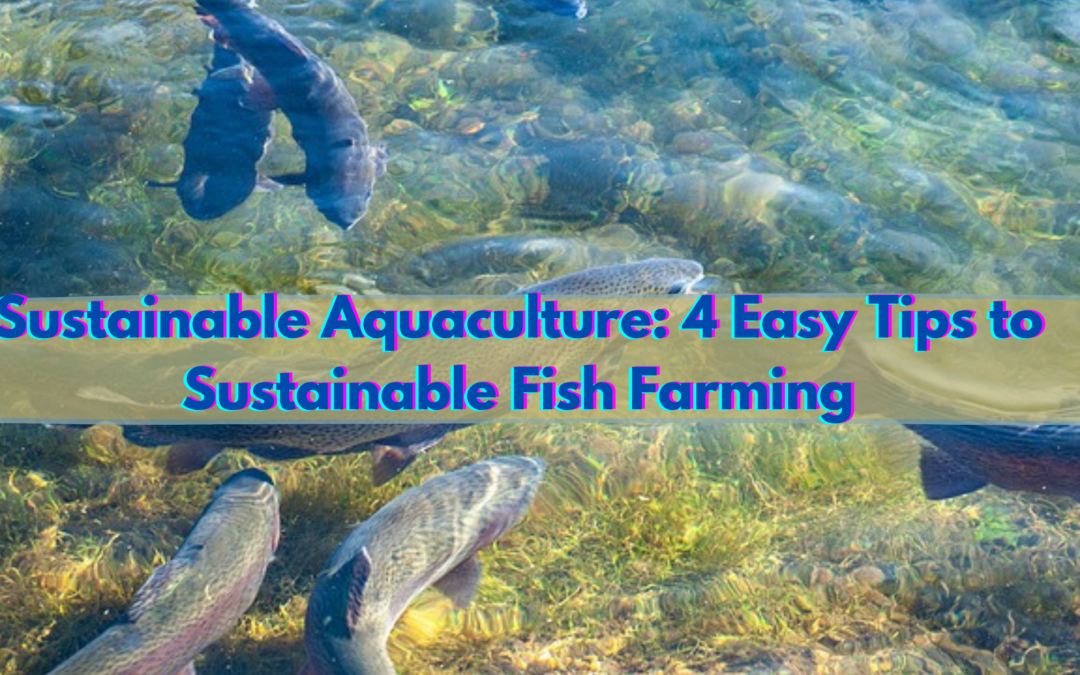As Aquaculture farming continues to grow across the globe, one of the biggest challenges that farmers are facing is with regard to practicing sustainable aquaculture. As many farmers are embracing technology to help with reducing the impact of fish farming on the environment; not many are well versed with such practices. Globally, the majority of aquaculture practices are done in cage systems and ponds that are either managed by family units or small local companies.
Here are some of the tips to consider if you’re to make fish farming environmentally sustainable;
1. Choose the Right Species
In order to steer global aquaculture away from the threats posed by farming non-native species of fish, farmers should consider choosing the right species of fish for farming. When non-natives are farmed, they can impede the production of other native species and in turn, cause an ecological catastrophe. The non-native species are more likely to compete with the native fish. There are some species of tilapia that are voracious and if farmed as non-native have the potential of eating the invertebrates, native plants, and other fish.
Some non-native if farmed can dig up the substrate and in turn create turbid water that ends up obscuring the light required for the survival of other fish farmed within the same pond. There are some species that are highly adaptable and can easily displace the native freshwater species.
2. Select an Ideal Farm Site
When selecting an ideal place for farming fish, ensure that you avoid going for environmentally sensitive areas such as the mangrove forest, coral reefs, and swamps. Establishing a fish pond in such places can have a huge impact on the local biodiversity. In the case of wetlands or mangrove forests that were cleared then converted to fish ponds, farm effluent can have a negative effect on the farm. There could be instances of excessive nutrients that occur as a result of farm effluents and that would end up making the waters murky and in turn, block the inflow of sunshine.
Swamps are also prone to flooding while the coastal mangrove forests are highly infested with mosquitoes which can also be such a dire health risk to the farmers. When choosing an ideal site, any area that’s viable to storms should also be avoided.

3. Consider Farm Design and Layout
When designing your fish farm, ensure that the layout allows for the release of wastewater in an environmentally friendly way. The majority of the traditional fish ponds are designed in a way that directly releases the untreated water into the environment around the farms. This can be a serious concern and not only to the natural environment but to the surrounding communities as well. The neighboring fish farms can also be threatened as the potential pathogens can easily spread in such ways.
Fish ponds should be designed in a way that enables the treatment and reuse of the water. Some extra ponds can then be created for water treatment and in such a way that the solids will be able to collect at the bottom of the pond.
4. Manage Feeding Practices
Feeds contribute to the largest share of wastes around fish ponds so when using low-quality pellets or trash fish, a huge amount of the feeds will be ignored by the fish being farmed and that is likely to result in a lot of waste. The wastes are therefore likely to sink down to the bottom of the pond and in turn cause pollution. It’s advisable that you use high quality feeds that are well designed for the fish species being farmed.
Apart from less pollution, high-quality feeds are also more likely to enhance growth and productivity.
For more information on how to make fish farming environmentally sustainable, join a team of farmers at https://www.eatcommunity.com/
P.S: – If you’d like to learn more about sustainable fish farming, please join our EAT Community where you can make some money making the planet better!
Related Articles and Resources:



